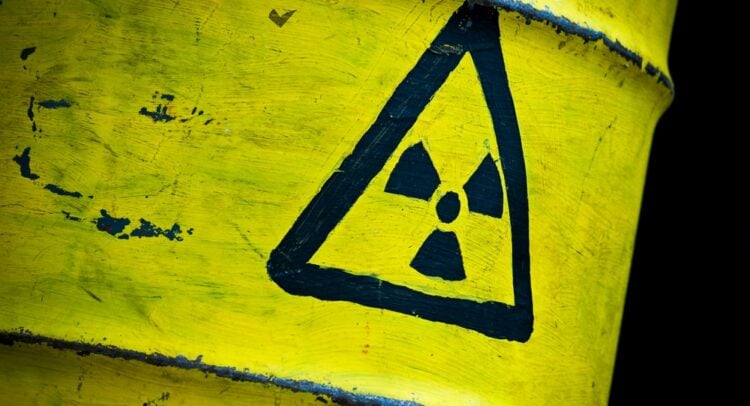Nuclear energy is being seen as one of the biggest growth opportunities in the global power market, with Bank of America (BAC) estimating that it could become a $10 trillion industry. Indeed, rising demand for electricity, especially from AI data centers, means that global nuclear capacity may need to triple by 2050. As a result, meeting this demand could drive more than $3 trillion in investment over the next 25 years. One of the biggest developments in the industry comes from small modular reactors, or SMRs, which Bank of America calls one of the most important energy technologies of the next 25 years.
Claim 70% Off TipRanks Premium
- Unlock hedge fund-level data and powerful investing tools for smarter, sharper decisions
- Stay ahead of the market with the latest news and analysis and maximize your portfolio's potential
Unlike traditional nuclear plants that take decades to build and produce over 1,000 megawatts, SMRs are smaller, cheaper, and faster to assemble. In addition, they usually produce 500 megawatts of power or less. It is worth noting that NuScale Power (SMR), the only U.S. company with an approved design, could deliver its first reactor by 2030, while Oklo (OKLO), which is backed by OpenAI’s Sam Altman, is aiming for 2027.
Unsurprisingly, investor excitement for these firms has been strong, with NuScale’s stock more than doubling this year while Oklo has risen by over 500%, thanks to expectations that SMRs can help meet the energy demands created by AI and other high-growth industries. Moreover, the Global X Uranium ETF (URA), which tracks the sector, has gained more than 65% as uranium prices also rise. Interestingly, analysts believe that nuclear power’s share of U.S. electricity could triple in the next decade. This would end years of stagnation and position the industry for a powerful new growth cycle.
Is URA Stock a Good Buy?
Turning to Wall Street, analysts have a Moderate Buy consensus rating on URA stock based on 30 Buys, 20 Holds, and zero Sells assigned in the past three months, as indicated by the graphic below. Furthermore, the average URA price target of $45.56 per share implies 8.2% downside risk.

















